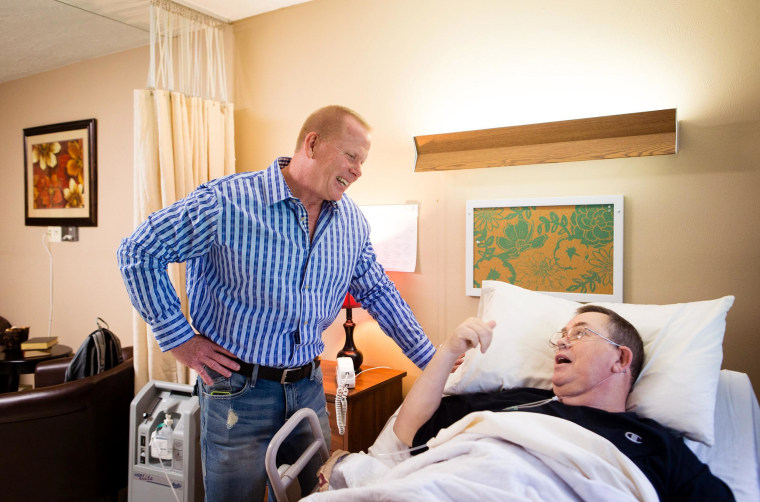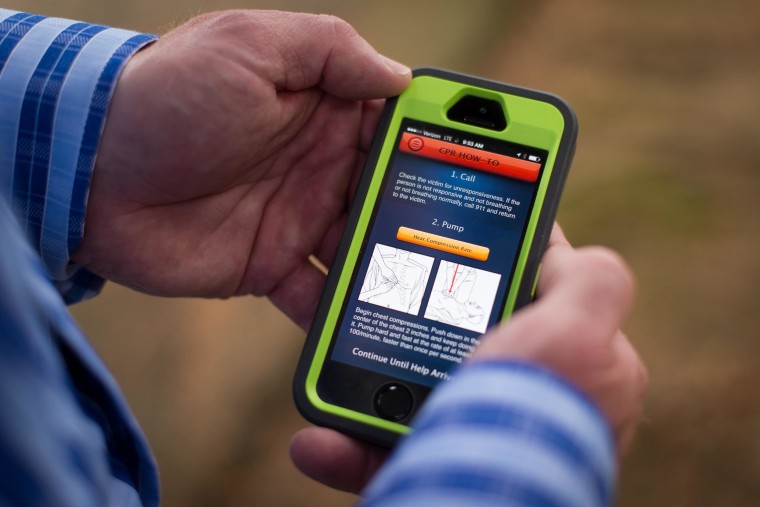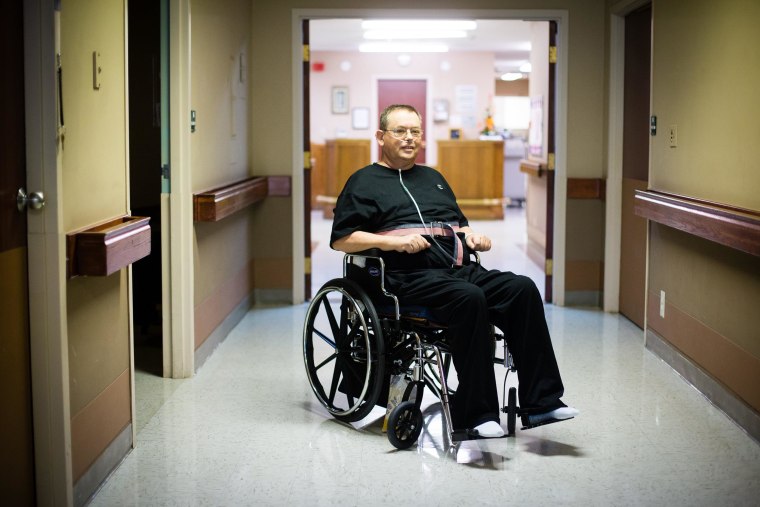A new smartphone app that aims to turn ordinary bystanders into heart attack heroes did just that last month, saving the life of a 57-year-old truck driver from Portland, Oregon, who had collapsed outside a gym.
Drew Basse is the first high-profile rescue attributed to PulsePoint, a free mobile app that alerts users when someone is in cardiac arrest nearby.
“Without people like Scott Brawner, I wouldn’t have had a second chance,” said Basse, referring to the off-duty local firefighter who answered the PulsePoint ping.
Basse, a father of two and grandfather to four, is recovering in a Portland rehabilitation center after the May 9 incident that Brawner said was the highlight of his 34-year career.
“I can’t believe that it worked,” said Brawner, 52, of Tualatin, Oregon. “It was just awesome. It still gives me chills.”

Created on a shoestring budget by Richard Price, a former San Ramon, California, fire chief who didn’t want to miss an emergency call, PulsePoint has gained slow traction since 2009, rolling out to 911 dispatch centers that now cover some 600 U.S. cities.
“We’ve found that people are very willing to put their hand up and say, ‘I’ll help,’” said Price. More than 140,000 people have signed up for PulsePoint so far and more than 7,300 have responded to nearly 2,300 alerts.
Every year in the U.S. there are about 360,000 out-of-hospital cardiac arrests, or about 1,000 a day. Experts who research the problem say PulsePoint may be one way to boost the ranks of those who can perform bystander CPR, which doubles or triples the chances of surviving.
“It’s a great use of technology to enlist the aid of people who are willing and able to help save lives from cardiac arrest,” said Dr. Michael Sayre, an emergency medicine doctor with the University of Washington in Seattle and an leader in resuscitation medicine.
In Basse’s case, he was saved by Brawner, who happened to be working out at the same gym. Brawner’s fire district signed up for PulsePoint about a year ago.
But even he wasn’t expecting the alert that showed up on his phone as he walked on the treadmill, telling him that someone needed CPR, or cardiopulmonary resuscitation, right away. He saw a map, an icon of where he was, an icon showing the closet AED or automated external defibrillator — and an icon showing a victim. He quickly ran down two flights of stairs.
“I saw a security guard standing in the parking structure and it just didn’t look right to me,” Brawner said. “That’s where Drew Basse was. He was literally sitting in his car, unconscious, not breathing, no pulse.”
In fact, Brawner thought he looked like a “fresh code,” firefighter slang for someone who is already dead.

Brawner pulled Basse out of his car and started performing CPR. Within minutes, emergency crews arrived and took over, but the time that Brawner kept Basse’s blood pumping was crucial, doctors said.
That’s just what PulsePoint founder Price, 52, had in mind. He was a veteran of 32 years as a firefighter and fire chief, focused on improving bystander CPR and rapid response.
He was at lunch one day when he heard sirens and saw a fire truck pull right up to the business next door. “I wasn’t even aware of it,” he said. “I was actually in uniform. I had an AED in my car. We just weren’t plugged into those types of calls.”
Using technical skill gleaned from years of operating dispatch centers, Price worked with engineering interns from Northern Kentucky University to develop the app. Now, it’s updated and maintained by the firm Workday, which provides technical services for free.
Communities from Anaheim, California, to Orlando, Florida, have signed on to PulsePoint, but progress has been slow. There are some worries about the costs of implementing the app — about $25,000 per center — and about paying for the marketing necessary to set it up.
Some experts worry about invading people’s medical privacy by responding, said Sayre. Others wonder whether rescuers will really get to patients first and whether enough people will sign up to make it worthwhile.
Still, Price hopes the app is gaining favor with folks who like the odds of directing willing bystanders to the exact site of an emergency, instead of just hoping someone will step up.
“We really do have the chance to make a huge impact on a daily basis,” he said.
